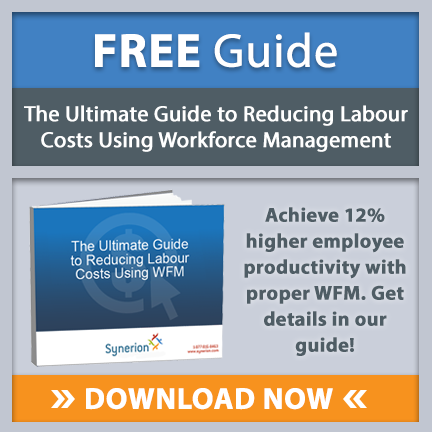.jpg?width=320&name=annie-spratt-294450%20(3).jpg) Workforce management systems can help you effectively manage your employees, saving time and money. This easy-to-use software will provide you with accurate, real-time information which will make your entire operation run more smoothly.
Workforce management systems can help you effectively manage your employees, saving time and money. This easy-to-use software will provide you with accurate, real-time information which will make your entire operation run more smoothly.
However, it’s important to remember not all workforce management solutions are the same. They won’t all offer you the same features so make sure to look for these key features when you choose one.
Three Key Features to Look For
A quality workforce management software will provide you with a real-time look at your workforce. This allows you to make proactive decisions. It will also help you work within your budget while maintaining labor compliance and ending problems such as time fraud and extra overtime costs.
Complete Time Tracking
Comprehensive, thorough time tracking is important when it comes to choosing an effective workforce management system. A time tracking feature which operates in real time will ensure you’ll always know what’s happening in your workplace. You’ll know who is absent, what areas need more coverage, and which employees have forgotten to clock in or out. A comprehensive time tracking feature will be flexible in setup, which means it can be configured to meet your specific needs.
A Variety of Data Collection Methods
One key feature of a successful workforce management system is the ability to collect data in a number of different ways. These methods should include things like:
- Time clocks for your on-site hourly employees.
- A time tracking system you can access online.
- A mobile time tracking app which will allow employees to clock in or out no matter where they are.
Flexible, Integrated Scheduling Options
In order to maximize your time and ensure your employees are working efficiently, flexible employee scheduling is essential. You’ll be able to manage and deploy your employees easily and competently, which will help you make sure you have people where you need them when you need them.
The right employee scheduling system will make it easy to manage different shifts, sites, and job categories. When you have a flexible scheduling feature, it will help you match the employees’ skills to the job requirements, which means you will always be properly staffed.
This feature will also notify you when your proposed schedule requires overtime or is understaffed. This will keep you operating within your budget at all times. Plus, this feature should allow you to overlay your time sheets and schedules to make sure there are no problems or inconsistencies.
